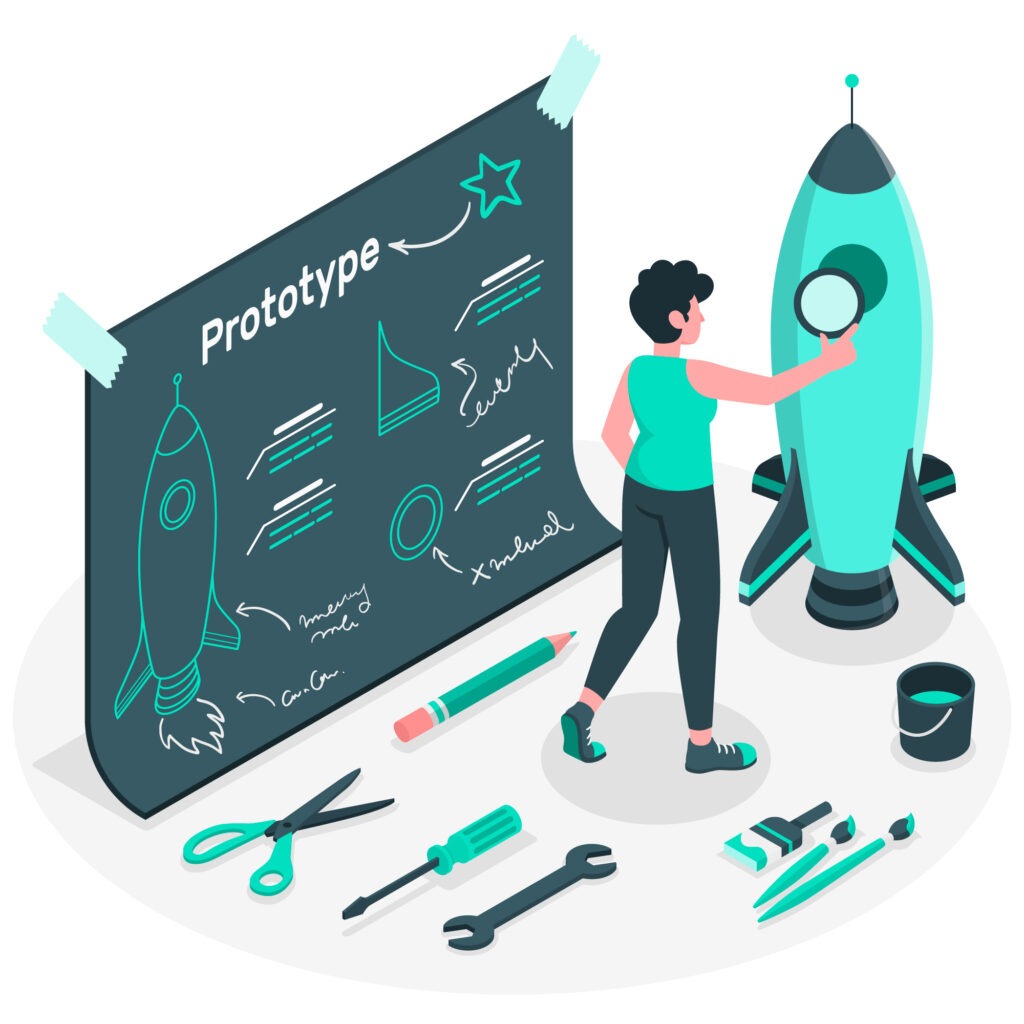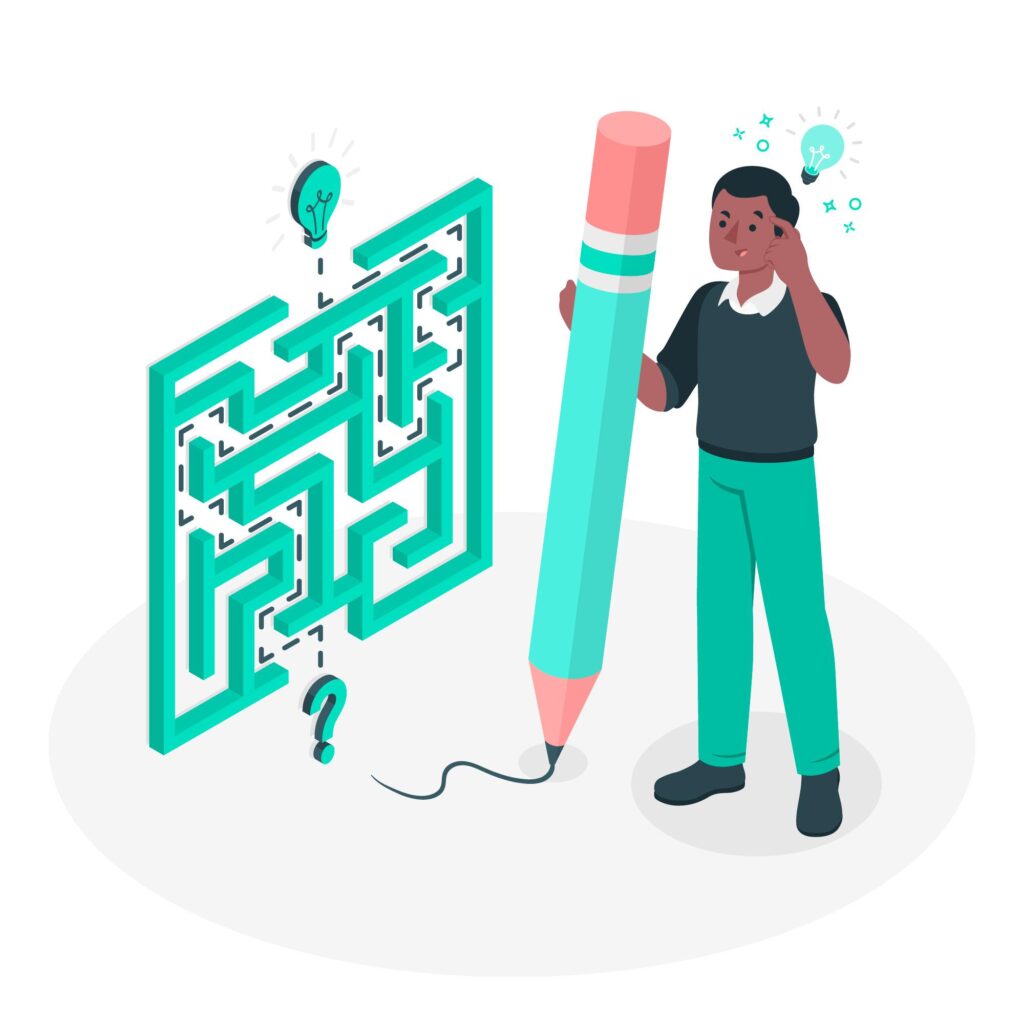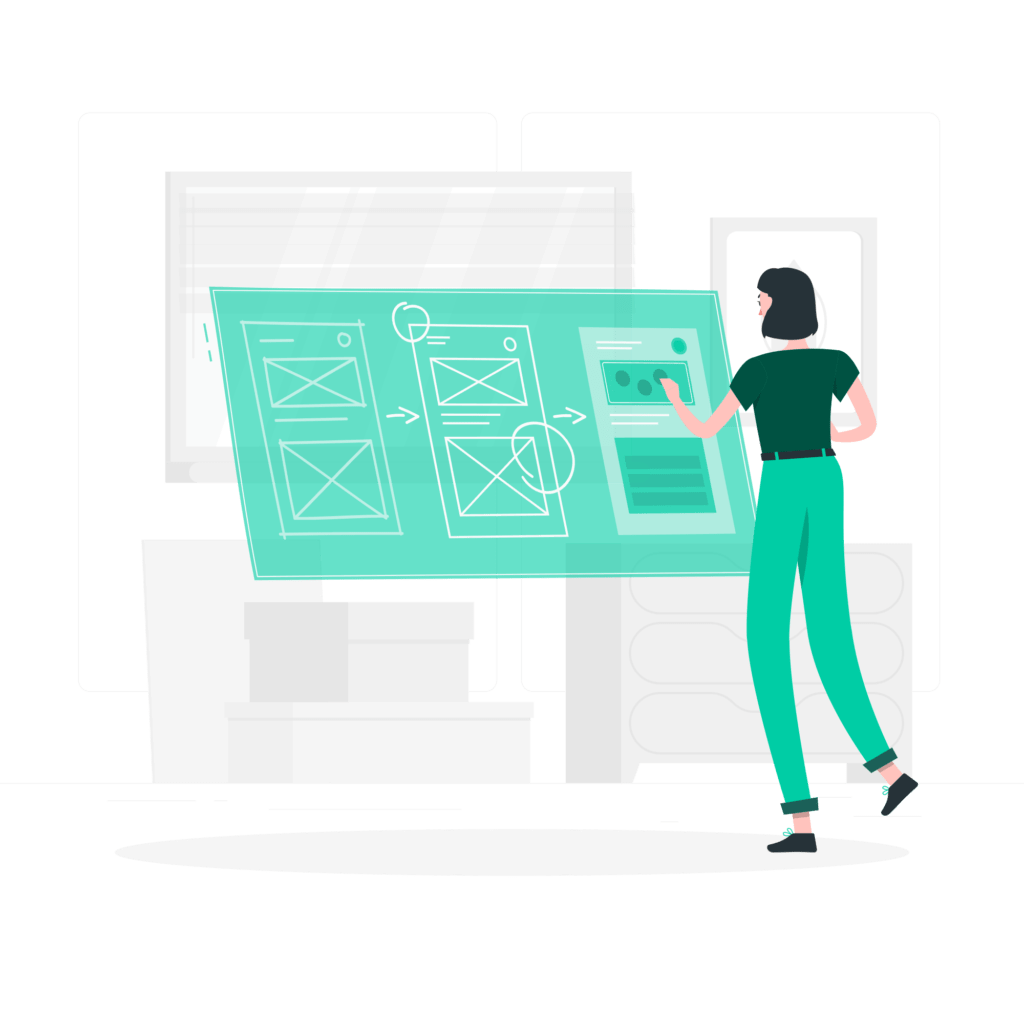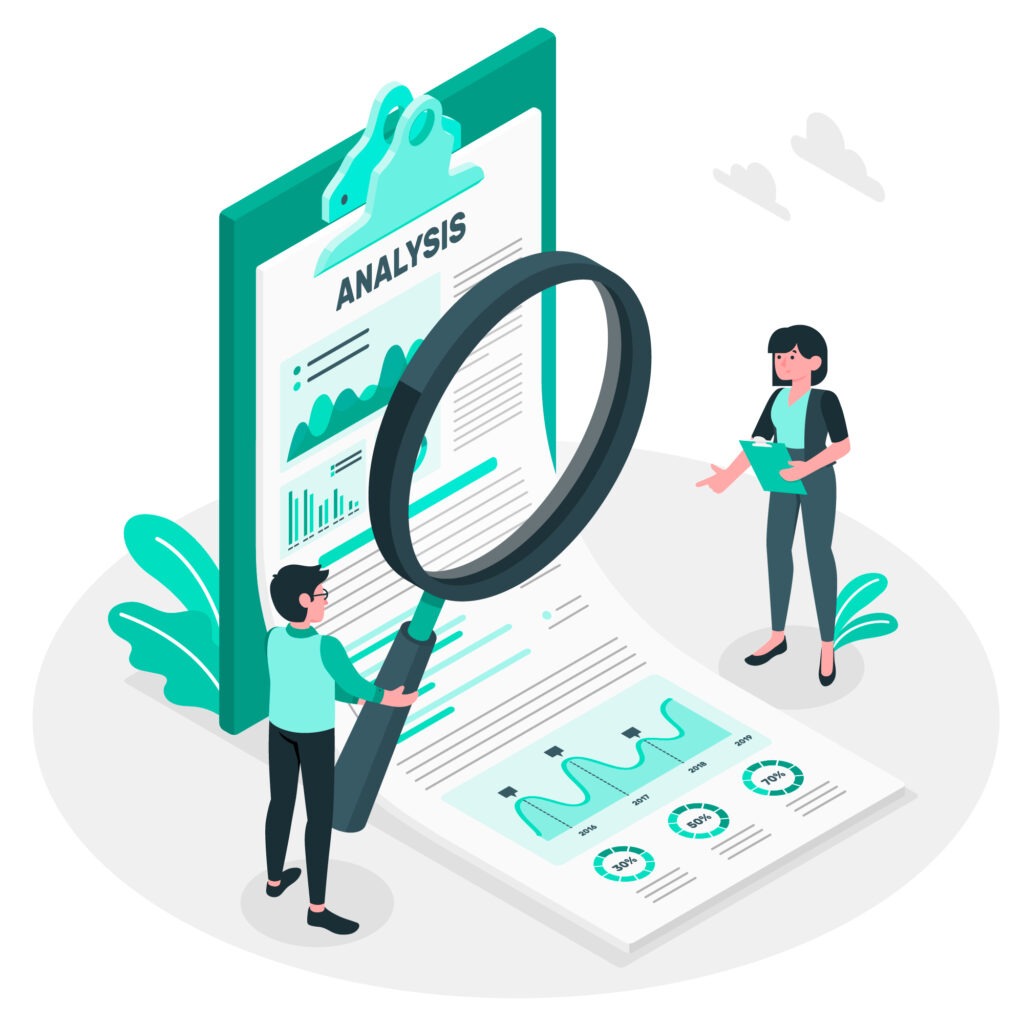FINANCIAL PLANS/MODELS, BUSINESS PLANS, AND PITCH DECKS FOR STARTUPS
Join 450+ happy clients. With an average of five star reviews on Trustpilot.
Do you have an innovative product concept you’re eager to transform into a thriving startup? If so, you’re likely exploring ways to verify your idea’s potential before making extensive commitments of time and money. It’s crucial to avoid investing in something that lacks demand or relevance. According to a report from CB Insights, 42% of startups fail because there is no market need for their product.

Enter rapid prototyping—a valuable approach. Rapid prototyping involves crafting a basic version of your product for testing among actual users, and swiftly gathering feedback. Its advantages include:
In this blog post, we will show you how to use rapid prototyping to validate your product idea in record time.
The initial phase in rapid prototyping involves identifying the problem you’re tackling and the solution you’re offering. This means pinpointing the issue your product aims to solve and how it plans to do so. Here are some guiding questions:

Tools like the Lean Canvas or the Value Proposition Canvas can assist in clearly defining your problem and solution. These tools condense the crucial aspects of your product onto a single page, making communication easier.
The next step in rapid prototyping is selecting how you’ll do it and the tools you’ll use. This means figuring out the method for making your prototype and the tools needed. Different methods and tools are available, depending on your product idea, goals, and resources. Here are some common ones:
Choosing the right method and tools should match how detailed and interactive you need the prototype to be for testing your product idea. It’s not necessary to create a flawless or final prototype. The goal is to simply test and gather insights.
The next phase in rapid prototyping involves bringing your prototype to life. This means putting your chosen method and tools into action to craft a basic version of your product for user testing. To help guide you through this process, consider these tips:

Focus on the essentials: Concentrate on the key features and functions. You don’t have to cram every idea into the prototype—just focus on what’s crucial for your value proposition and problem-solving. Prioritize using the MoSCoW method: Must have, Should have, Could have, and Won’t have.
Utilize placeholders and shortcuts: You don’t need every single detail in place. Use stand-ins like placeholder text, stock images, dummy data, or hardcoded values for parts that aren’t vital for testing or aren’t available yet.
Simplicity and consistency are key: Your prototype doesn’t need to be overly flashy or polished. The goal is clarity and ease of understanding. Employ simple shapes, colors, fonts, and icons. Consistent labeling and styling will prevent confusion and keep things clear.
The next phase in rapid prototyping involves putting your prototype to the test with real or potential users. This step revolves around engaging these users, encouraging them to interact with your prototype, and providing feedback. To effectively carry out this phase, consider the following tips:
Define your testing objectives and queries: It’s crucial to have a clear understanding of what insights you seek from user testing and the specific questions you’ll ask. The metrics established in the initial phase can guide this process. Additionally, the HEART framework—focusing on Happiness, Engagement, Adoption, Retention, and Task success—can gauge the user experience.
Select your testing approach and tools: Determine how you’ll execute user testing and the tools that best suit your needs. Choose between qualitative or quantitative methods based on the depth and volume of feedback desired. Consider moderated or unmoderated methods depending on the level of control and interaction required. UserTesting, UsabilityHub, Hotjar, and Google Forms are some tools at your disposal for user testing.
Prepare your testing materials and guidelines: Get ready with the materials and instructions for user testing. Utilize resources like the User Testing Plan or the User Testing Script to structure and document the testing process. Ensure protection of rights and privacy by employing tools such as the User Testing Consent Form or the User Testing NDA.
The final stage in rapid prototyping involves analyzing the gathered feedback and refining your prototype accordingly. This step revolves around examining and consolidating the insights gained from user testing to enhance both your prototype and the core concept of your product. To effectively handle this phase, consider the following tips:

Recognize recurring patterns and insights: Look for common themes and key findings within the user feedback. Tools like the Affinity Diagram or the KJ Method can aid in organizing feedback into meaningful categories. Utilize resources like the User Feedback Matrix or the User Feedback Report to visualize and convey these insights effectively.
Validate or challenge your assumptions: Compare the insights received against the assumptions and hypotheses made initially. Tools such as the Validation Board or the Experiment Report can assist in tracking and documenting this validation or invalidation process. Frameworks like Pivot, Persevere, or Kill can guide decision-making regarding the future direction of your product idea.
Implement changes and enhancements: Utilize the gathered feedback and insights to refine both your prototype and the product concept. Tools like the User Story Map or the Product Roadmap can aid in planning and prioritizing these changes. Additionally, resources like the Change Log or the Iteration Report can help document and communicate these modifications effectively.
Rapid prototyping is an efficient method crucial for swiftly validating your product concept. Following the steps outlined in this blog post empowers you to craft a basic version of your product, enabling real user testing and prompt feedback. This process significantly mitigates failure risks, optimizes time and costs, and enhances product quality.
However, while rapid prototyping is a pivotal step, it alone isn’t enough for a successful startup launch. A robust financial model, a compelling business plan, and a persuasive pitch deck are also vital. These documents help you to demonstrate the potential and feasibility of your product concept and convince others to support you. We would love to help you with all three of these documents. Schedule a complimentary call to learn how we can help you and your startup succeed.
FINANCIAL PLANS/MODELS, BUSINESS PLANS, AND PITCH DECKS FOR STARTUPS

🔒 Your details are 100% secure and will NEVER be shared
We will get back to you within 24 hours max.
Don’t want to wait that long? You can also directly Whatsapp us.
Kindest regards, Team Numberly